Or Visual Motor Integration as we OTs like to call it.
So, what is it? This refers to our ability to use our visual perception (what and how we see something) and carry out a motor task (doing an action). Or more simply put: seeing something and then doing it. This impacts nearly every activity we participate in. Consider when children are learning how to write letters, they must think about what the letter A looks like and then recreate it by drawing with a utensil. If a child cannot process visual information, it makes it difficult to carry out a motor task. If a child cannot complete a motor task due to coordination or muscle strength, it also makes it difficult to carry out the task. Individuals can struggle in either area as well as integrating the two together.

So how can we support this skill? Here are my favorite activities and toys for the following age groups to encourage development.
*This post contains affiliate links and I may receive commission when you click on links and make purchases. However, this does not impact the price you pay!
0-3 months: since babies’ eyes are limited in what they are seeing, they are still figuring out how to work together and make sense of the world

- Sit with Baby in your lap and on your knees during awake time and have face to face time. Baby will be attracted to your face. You can play around with different distances, but keep it between 6-12 inches.
- Try setting up these cards where baby can see them. If Baby shows a preference to a certain side and tends to keep her head toward one side, put it on the other and gently encourage her to look toward it.
- While Baby is lying on his back, slowly put something into his line of sight, again 6-12” in front of his face and slowly move it back and forth in a horizontal arch.
3-6 months: Baby is starting to move more and is discovering her hands, feet and mouth.
- Encourage this by gently bringing his feet up to his hands.
- Use a baby jungle gym like this one to encourage batting. Make sure it has removable items that can be raised and lowered to move them to where Baby can access them.
- Tummy Time! Use a splash mat to engage Baby to bat, tap, and splat the items inside while working on strengthening his core, back, and neck muscles. Read more on Tummy Time here.
- Place an object in Baby’s hands that are big enough to grasp but not too small that it is a choking hazard. An excellent option is a light rattle. Baby will want to grasp the object with one or both hands at middle and bring it to his mouth.
6-12 months: Baby might be starting to get on the move through rolling, crawling or cruising and walking. She also may be sitting unsupported. If she doesn’t sit unsupported, try these activities in a supportive seat such a high chair or a parent’s lap.
- Start clapping games and songs. Help them do this with their hands. This allows Baby to see and feel the movement.
- Encourage holding onto objects, passing them between hands, and releasing them to a caregiver. This encourages social interaction as well.
- Encourage dropping objects into a large bucket such as a shape sorter without the lid.
- Start finger feeding small pieces food. Try placing a Cheerio or Puff into a smaller bowl.
- Point out favorite items in books while labeling, encourage page turning.
- Ring stackers or bead stackers (watch the beads going toward the mouth!)
12-18 months: This is a fun time for this skill as babies become curious little pre-toddlers and are more attentive to their play.
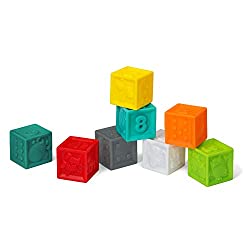
- Start introducing large knob puzzles with 3-5 pieces like this one.
- Encourage interaction with books by having her point to objects that are familiar to her.
- Trial in-and-out toys that are slightly more complex (very slightly):
- shape sorter
- pig bank
- Encourage simple tools such as a hammer onto a target. Similarly, using a xylophone to make music encourages spotting a target and hitting it.
- Introduce fat crayons for scribbling. This will not be pretty. Get ready for the task to be abandoned and to have marks everywhere but on the paper. A magnadoodle is a nice alternative for this stage (the attached writing utensil is…two thumbs up).
- Hammer home body parts- perfect time for “Head, Shoulders, Knees and Toes”!
- Stack blocks! Start with big ones. And for your sanity, rubber ones are quieter. You’re welcome.
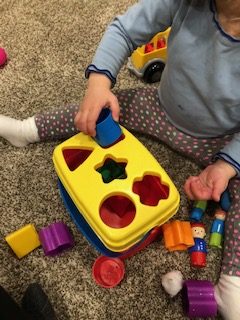
18 months to 2 years: This stage is so exciting! So much language and Toddler can really start to carry over ideas from one day into the next.
- Continue drawing. Start encouraging him to copy a straight vertical or horizontal line. Draw a picture of a stick person and label body parts. My daughter likes to request “belly button” when she wants me to draw a person. Similarly, draw a road and have her use her cars on the road.
- Stack blocks to create simple structures. Toddlers can understand “house”, “tower” and “road” now. Duplos and Megablocks are great for this as well.
- Begin simple bead threading tasks. Use pipe cleaners as they are easier to manage. Consider sticking them in plastic spice jars with holes at the top, large colanders, or using cut up pool noodles to put onto a string.
2-3 years: Oh full blown toddlers… They are so smart. It makes these tasks super fun, but other things… not so much.
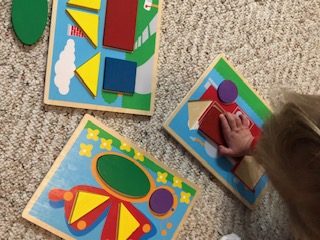
- Playdoh, clay, Floam creations. Try Follow the Leader with this: you create something and have him try to copy. Then switch roles (this helps it feel less “teachy” and more playful.
- Tracing, coloring, connecting 2-4 dots, drawing simple pictures. Coming soon: Free Printables!
- Continue puzzles. Try simple 6-12 piece standard puzzles as well as form board puzzles without a picture behind the piece.
- Create shapes and shape matching without coloring.
- Throwing balls, rings, foam darts, bean bags at a target
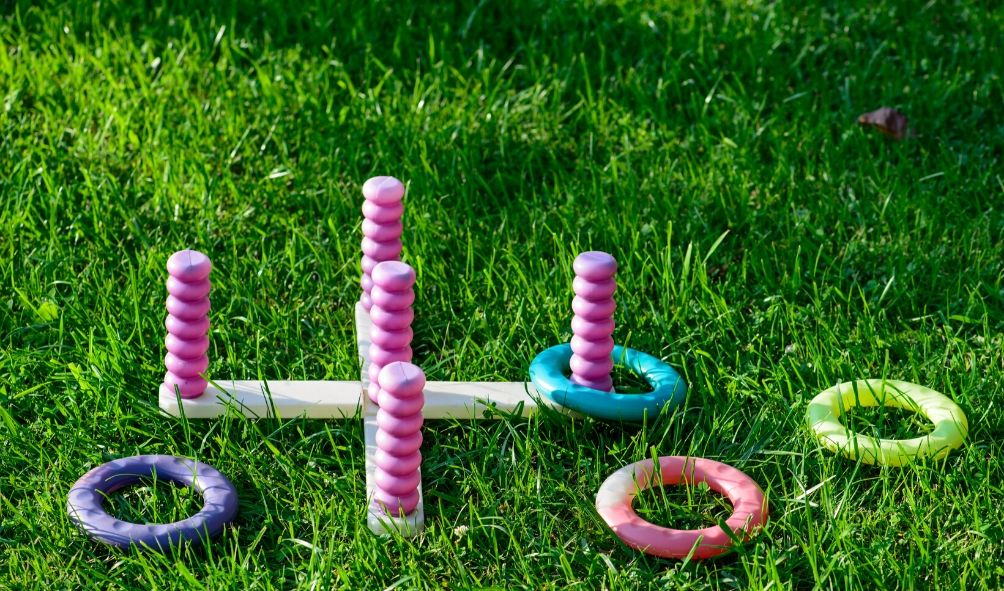
3-4 years: Your pre-schooler will begin recognizing more complex symbols, such as letters and begin creating pictures that come together!
- Letter recognition and practice in any way that is fun for the child. Consider bathtub paint or foam letters!
- Bead threading and creating jewelry
- Color by number, with assistance
- Duplos, Mega Blocks building; encourage creations versus towers
- Sorting colors through buttons, beads, coins, and place them into designated containers.
- Simple Yoga poses
4-5 years: Your child will continue to build her skills and be quite impressive in the things that she can see and recreate.
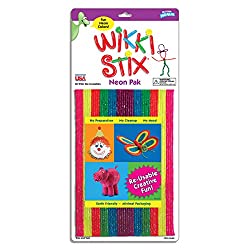
- Build on exposure to letters, reading, and writing: encourage writing post cards to family members or recruiting a pen-pal. Write out menus during play kitchen, encourage sidewalk chalk, write letters on each other’s backs and guess what it is. Get creative! If it is embedded into play, it might be better received!
- Use Wikki Stixx, popsicle sticks, or Play Doh to create shapes and letters
- Clay, art supplies and step by step art instructions and drawings.
- Simple mazes
- Cut, color, and paste to create objects. Here are some free printables.
- Catch and throw games
- Standard Legos
- Simon Says or Follow the Leader
Whew. That was a lot of information. Know that many activities that you encourage seeing something and recreating, copying a model, or scanning and finding something is encouraging visual perception and motor coordination: hand eye coordination. If your child is struggling with some of these activities, try the activities from the previous phase and build up to other tasks. You’re doing great.
Please! Share with me your kids’ favorite activities to build their hand eye coordination! I want to hear them.
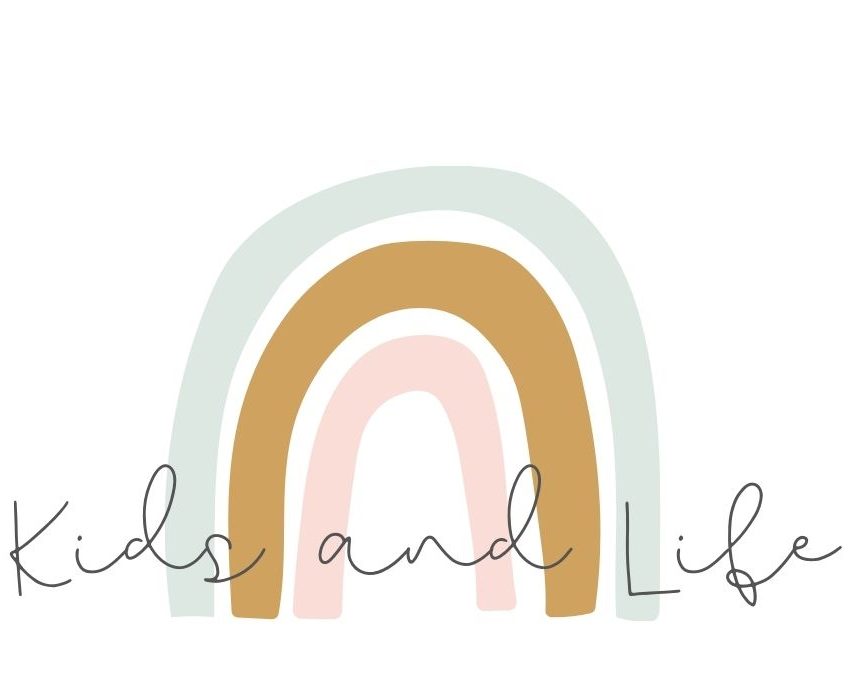
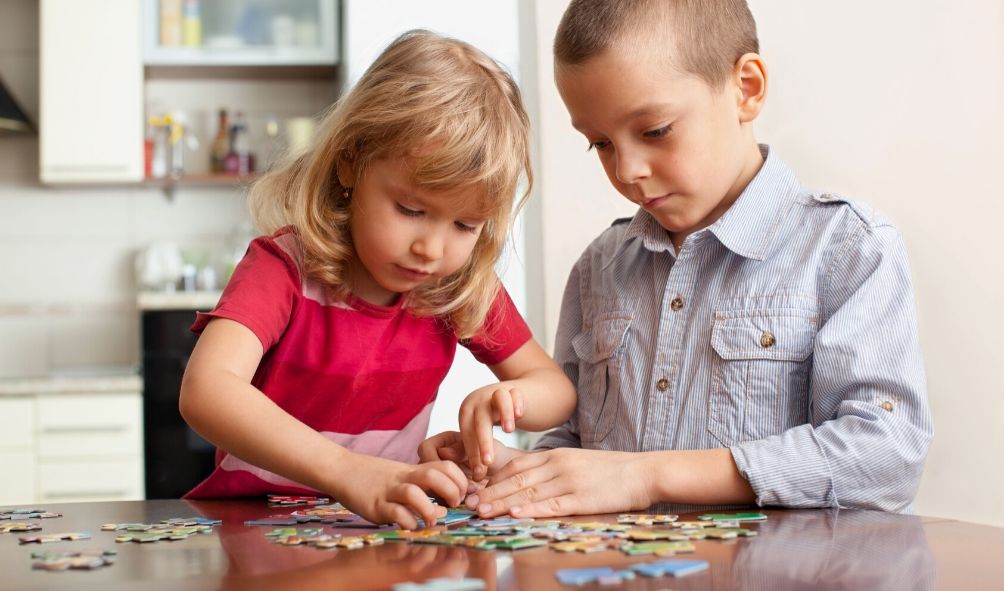
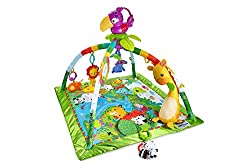
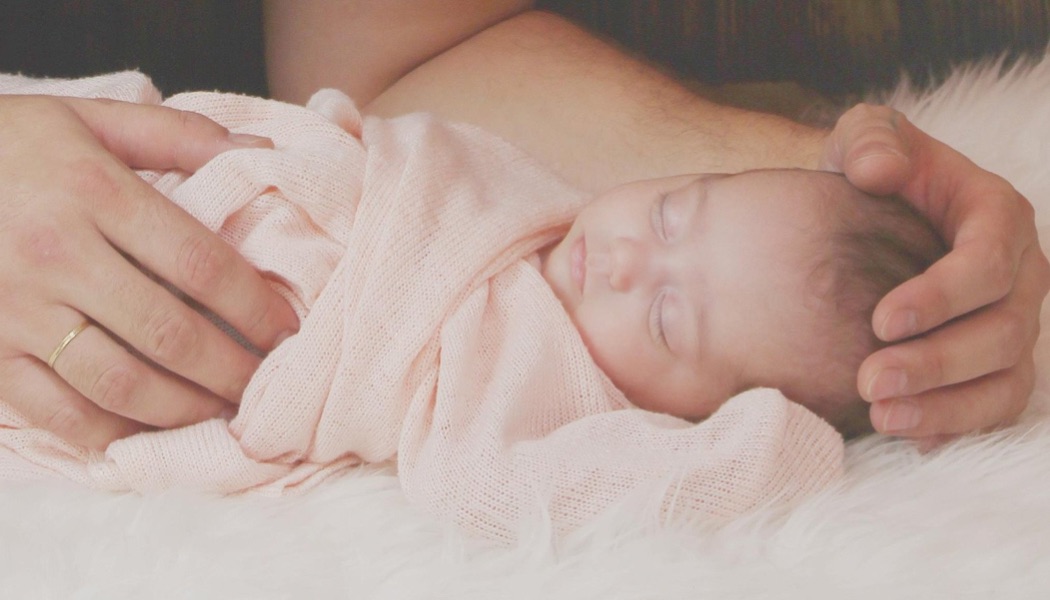

A fascinating discussion is definitely worth comment.I believe that you should write more about this issue, it maynot be a taboo subject but usually people don’t talk about such issues.To the next! Kind regards!!